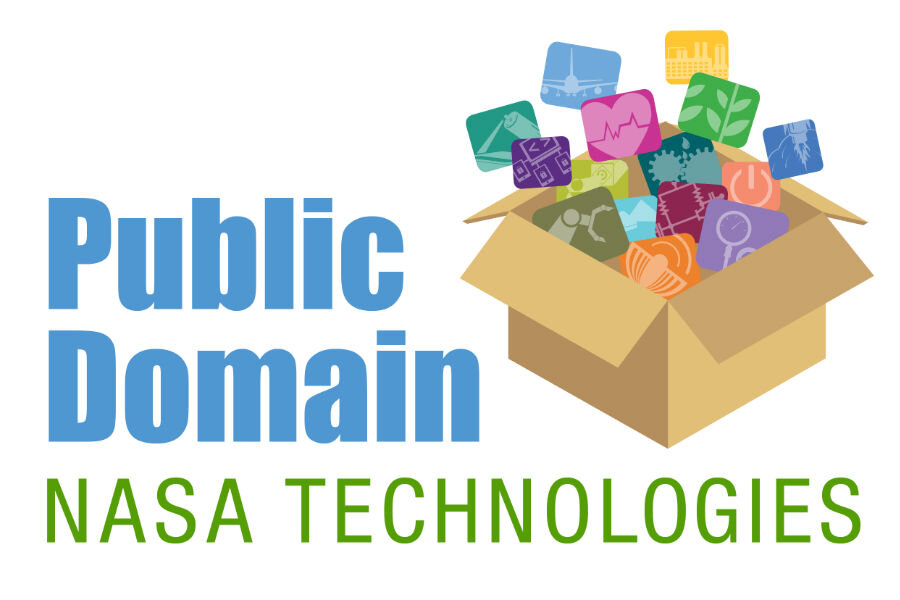Technology transfer: NASA opens vault of space-age patents
Loading...
The world's entrepreneurs just received a potential boost after NASA released 56 formerly patented technologies.
NASA technologies have already been spun-off to develop innovations that permeate civilian life in areas including medicine, transportation, and public safety. For example, NASA funding and innovations have been used to improve or develop better prosthetic limbs, anti-icing systems for small aircraft, and land mine removal technology.
"By making these technologies available in the public domain, we are helping foster a new era of entrepreneurship that will again place America at the forefront of high-tech manufacturing and economic competitiveness," said Daniel Lockney, NASA's Technology Transfer program executive, in a press release.
Tinkerers, innovators, and entrepreneurs can now peruse a searchable database full of expired NASA patents for ideas to springboard their own work.
"By releasing this collection into the public domain, we are encouraging entrepreneurs to explore new ways to commercialize NASA technologies," Mr. Lockney said.
At the same time, NASA says that serious consideration goes into deciding which technologies to release to the public.
"The innovations included in this transfer were selected by NASA officials using a rigorous review process, during which decision-makers looked for technologies that offer the potential for high unit values but are less likely to be licensed by outside companies because of low demand for resulting products (e.g. spacecraft), or the technology still requires significant development before it is marketable," NASA said in a statement.
Examples of those in the new batch released included:
- Advanced manufacturing processes
- Technologies designed to mitigate the dangerous gases created as humans live and work in space
- Inventions related to rocket nozzles, injection systems, and propellants that might help launch a new generation of commercial spacecraft
- Sensors
- Methods for controlling airflow around vehicles in hypersonic flight
"These technologies were developed to advance NASA missions but may have non-aerospace applications and be used by commercial space ventures and other companies free of charge, eliminating the time, expense and paperwork often associated with licensing intellectual property," NASA said in statement accompanying the release of the database.








